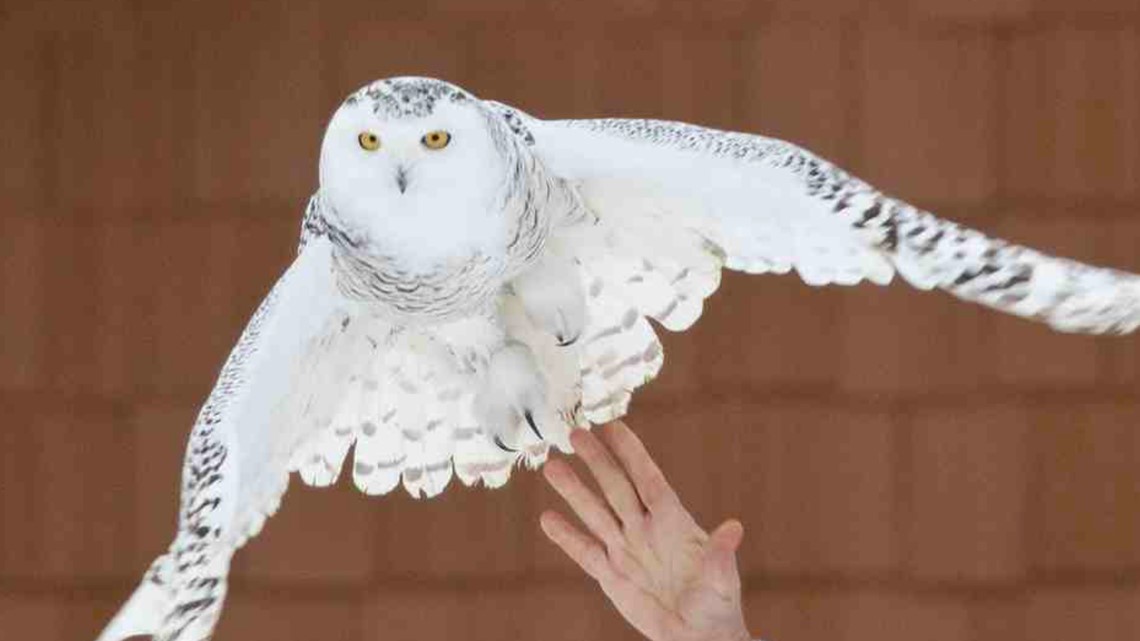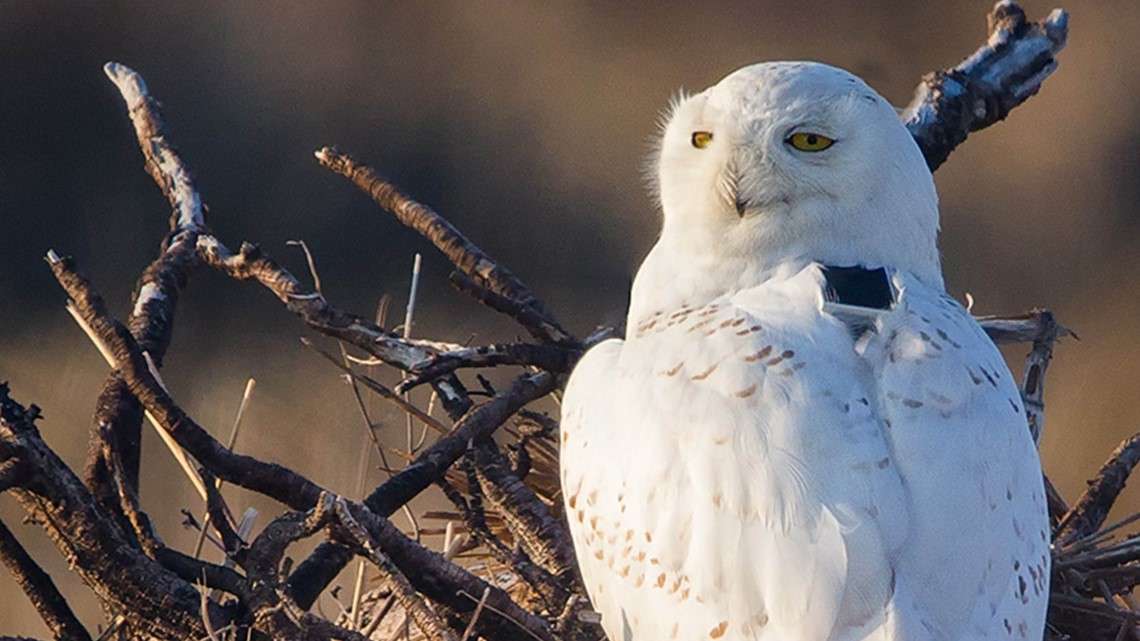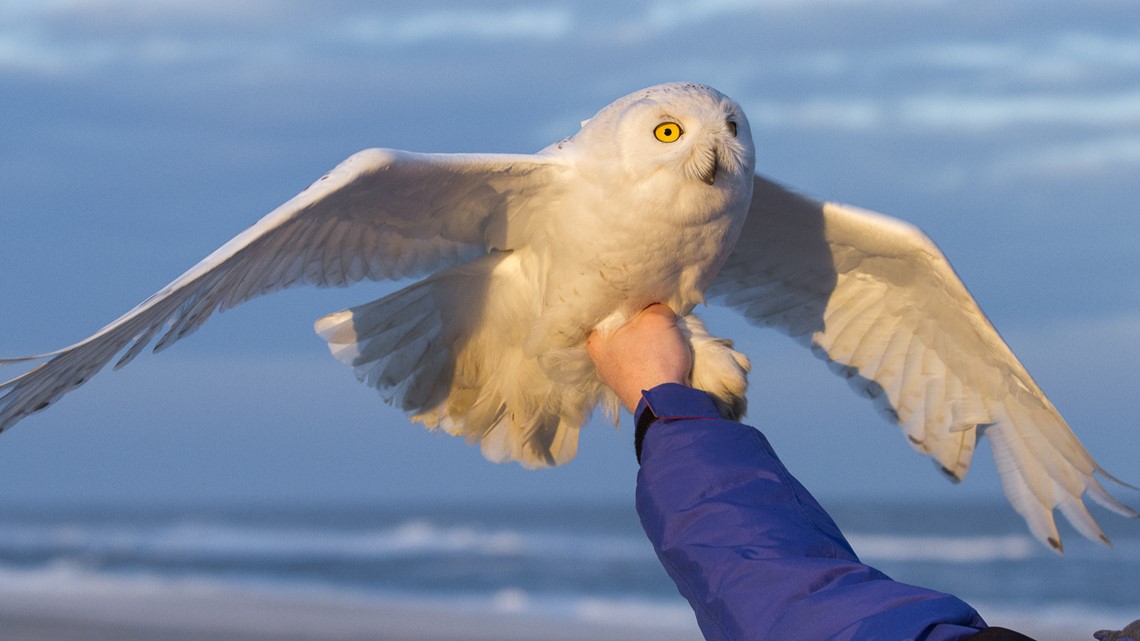BUFFALO, N.Y. — The snowy owl is one of the most striking birds on earth. They are also one of the world's largest owls.
Though native to the Arctic, snowys are often seen in Western New York and other parts of the country, as they make an annual migration thousands of miles to the South.
It was previously thought that their trek was due to a scarcity of their primary food source, the Lemming. Now it's known that the reason is because of an abundance of prey.
"These big flights that we get every three to five years on average here in the East and the Great Lakes are driven not by hunger but by plenty in the Arctic," said Scott Weidensaul, Co-Founder of Project Snowstorm. "They're usually the result of a really productive breeding season the previous summer up in the Arctic."


Project Snowstorm is a Pennsylvania based group that have been monitoring the owls throughout the Northeast for almost a decade. It began as a response to a massive influx of Owls in 2013. It seemed like a great opportunity to study the Snowys.
"Usually when you're doing a scientific project like that you spend years planning it and you send countless proposals to foundations and agencies trying to line up your funding, we launched this thing basically with no budget," Weidensaul said. "And so somebody said, well, why don't we try crowdfunding?"


The method was successful. Weidensaul says the all volunteer organization uses the money raised to pay for equipment.
"The majority of us just do it in our spare time. And so all the money we raise goes into purchasing transmitters and paying for laboratory analysis."
It's neither easy nor cheap to track the owls. They are fitted with transmitters outfitted with GPS that send back very precise information.
"We get latitude longitude altitude and flight speed as frequently as every six seconds, and it stores up that information in the transmitter's memory bank, and then a couple of times a week, it dials up, through the cell phone network, there's a cell modem in there, and we get all that information through the cell network," Weidensaul said.


The snowy owl is listed as a vulnerable species, there's less than 30,000 left in the wild.
Weidensaul believes that the knowledge gained by Project Snowstorm will go a long way to ensure generations are able to experience these magnificent birds.
"It's a chunk of the Arctic coming to your backyard, that's a magical and mysterious thing, and it's something that I hope everybody would have the sense of magic to be concerned about."
To learn more about Project Snowstorm and ways that you can help support them, click here.

